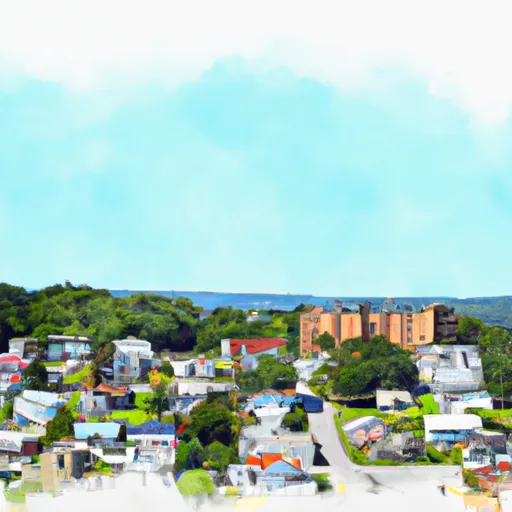°F
°F
mph
Windspeed
%
Humidity











Woolwine, Virginia is a small rural community located in Patrick County in the southwestern part of the state. The climate in Woolwine is typically characterized by mild to cool winters and warm summers. Average temperatures range from the mid-30s (Fahrenheit) in winter to the mid-80s in summer, making it a pleasant place to live or visit throughout the year.
Hydrologically, Woolwine is home to several streams and rivers, including the Smith River, which flows nearby. These waterways provide opportunities for fishing, kayaking, and other water-based activities. The region's rich hydrology also contributes to the lush vegetation and scenic landscapes that attract nature lovers and outdoor enthusiasts.
Woolwine offers various outdoor recreation opportunities, thanks to its picturesque surroundings. The nearby Fairy Stone State Park offers hiking trails, fishing, swimming, and camping facilities, making it a popular destination for outdoor lovers. Additionally, the area is known for its abundant wildlife, making it an ideal location for birdwatching and wildlife photography. With its beautiful landscapes, moderate climate, and diverse hydrology, Woolwine provides an inviting environment for nature enthusiasts seeking to explore and immerse themselves in the great outdoors.
Weather Forecast
Woolwine receives approximately 1303mm of rain per year, with humidity levels near 83% and air temperatures averaging around 13°C. Woolwine has a plant hardyness factor of 7, meaning plants and agriculture in this region tend to thrive during the non-winter months.
Regional Streamflow Levels
94
Cubic Feet Per Second
13
Cubic Feet Per Second
3
Cubic Feet Per Second
6
Cubic Feet Per Second
Nearby Camping
| Camping Area | Reservations | Toilets | Showers |
|---|---|---|---|
| Pilot Mountain State Park | |||
| Goose Point - Philpott Lake | |||
| Horseshoe Point - Philpott Lake | |||
| Tanglewood Park | |||
| Moncove Lake State Park | |||
| Jamison Mill Park - Philpott Lake |



